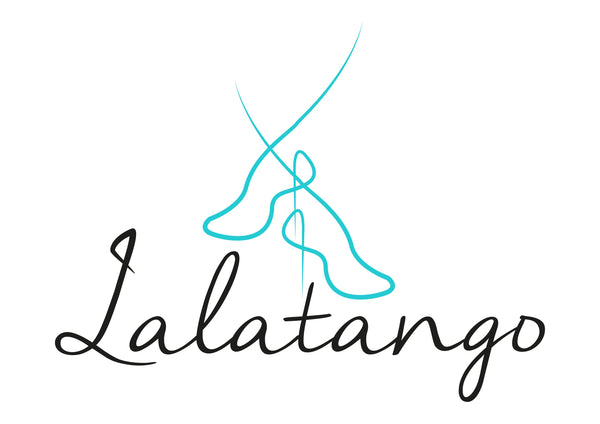Our values
Dance shoes to be well equipped… for dancing and for the city!
The feet, ankles and knees are very stressed when dancing the tango, especially perched on heels. To practice in the best conditions, in addition to excellent support and great stability, the shoes you wear must offer optimum cushioning in order to reduce the impact of the many micro-shocks.
Thanks to the original design of their insoles, Lalatango shoes combine long-lasting cushioning with exceptional comfort and thus contribute to protecting the joints, allowing you to concentrate on the dance and your partner. They are available in many models, colors and heel heights to satisfy a maximum of tastes.
Lalatango has set itself the goal of combining performance and comfort.
We are committed to providing quality shoes to meet the performance and technical requirements of dancers. That's why they are so comfortable in the city. Indeed, who could be more demanding in terms of high heels than a tango dancer?
Our customers talk about it best!
We are at your disposal to advise you to help you equip yourself according to your criteria and your requirements.
Our values, a “slow” concept
Designed and designed in France, our shoes are handmade in Portugal by a small team of craftsmen with tremendous ancestral know-how, capable of carrying out exceptional work.
We favor short circuits. We support responsible fashion and choose reasoned production in order to offer you a "European shoe" at the fairest price.
The models are made in limited edition in order to offer you a wide variety of models while controlling production and stocks.
Did you know ? Leather is recycled waste!
(excerpt from the article "Leather: it's not leather that wants" by Thierry Poncet. Published by the Center Technique du Cuir on 02/12/2019)
"Leather comes from waste from the agri-food industry and, importantly, the animal is not killed for its skin. As world meat consumption is growing, the number of skins available is increasing. This deposit must be treated and refusing to recover waste (in the name of an ideology hostile to what produced this waste) is an ecological misinterpretation.Not only does this increase the mass of waste, of which something must be done, but it obliges also to use other materials that are not necessarily renewable.
From the skin-waste will emerge a noble material: leather.
In contact with tanning agents, the skin becomes rot-proof and turns into a very durable material with many properties. This ability of the skin to turn into leather has been identified since prehistoric times. It has since given rise to a great deal of research, in order to understand this phenomenon and improve the process, and this, through all eras, cultures and continents, as the use of leather has seemed very useful."
